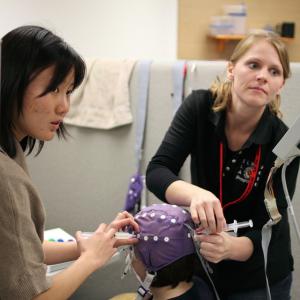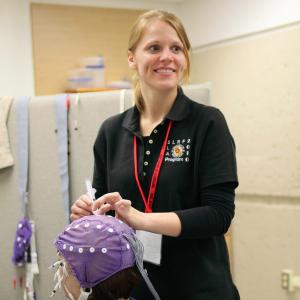NACS Seminar: James Cavanagh (U of New Mexico)
Title: The current future of human electrophysiology: From circuit motifs to patient diagnostics
Abstract: Human electroencephalography (EEG) has been used as a biomedical diagnostic tool for nearly a century, and has spent over a half century in the limelight of cognitive neuroscience. Since the recent turn of this century, open-source methodological tools have expanded analytic opportunities, yet it could be argued that we are still awaiting an overarching theoretical advancement to match this newfound analytic sophistication. In this talk, I will discuss the work in my lab that aims to bridge novel theoretical approaches towards advanced patient diagnostics. Some stereotyped EEG responses to high-level, generic, modality-independent phenomena (i.e. what may be partially reflected in an ERP component) will be described as circuit motifs that facilitate canonical neural computations. Canonical computations have axiomatic rules, which provide an objective description for cognitive labeling. As an example, candidate EEG responses reflective of hierarchically different prediction errors will be described. As a direct measure of neural population activities, EEG provides a unique window on mechanisms for neural computation and communication. Frontal midline theta phase synchrony will be discussed as a candidate mechanism for the implementation of cognitive control. Recent findings have revealed that rodents that exhibit this same phenomenon, offering an opportunity for quantitative translation from animal models to human patients. Using a Parkinson’s disease model, I will detail the development of rat-to-human translational findings towards candidate EEG disease biomarkers. I will describe a new open-source website built to hasten rapid capitalization on disease-specific EEG biomarkers. In summary, I will discuss the virtues of EEG as a methodological and theoretical hub that can be strengthened by continued collaboration up and down the translational dimension, as well as back and forth from laboratories to patients.












